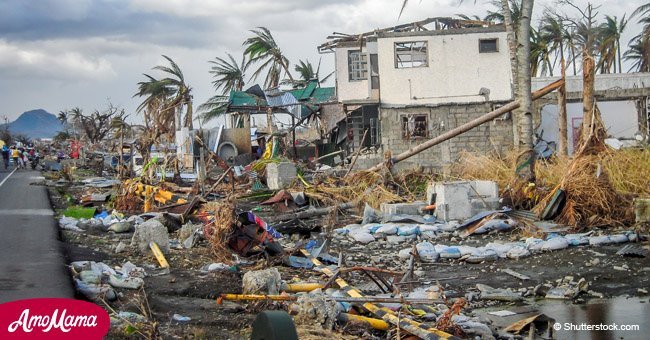
Earthquakes detected off US coast where scientists believe a mega-earthquake could be triggered
The recent earthquakes occurring off the United States West Coast could lead to a much bigger earthquake that had been famously called “the Big One.”
The several earthquakes were reported to range from 2.8 to 5.5 on the Richter scale. Supposedly, these natural occurrences could trigger an even bigger tragedy of not only experiencing an earthquake but a tsunami as well.
The U.S. Geological Survey shared a map highlighting the eleven earthquakes – which occurred recently – that happened on the seabed of the Juan de Fuca tectonic plate.
The said tectonic plate is roughly six miles below the surface.
Follow us on Twitter at AmoMama USA for more updates.
According to the Pacific Northwest Seismic Network (PNSN), the plate is fairly active. Describing it as a “small” plate, the PNSN said it is moving east-northeast at about 1.6 inches every year.
At present, no warnings have been publicized by the USGS about the string of earthquakes.
Don Blakeman, a geophysicist at the National Earthquake Information Center said to the Daily Mail that it is mainly because the quakes of this caliber are not considered serious and they happen quite often off the coast.
In spite of Blakeman’s assurance, there are still concerns involving the plate since it said to be in a “sticky” motion rather than a smooth one. Eventually, it may cause strain to build up "until the fault breaks and a few meters of Juan De Fuca slips under North America in a big earthquake."
The PNSN pointed out that it would take approximately 10s of meters of slip over a very wide zone for an earthquake with a level nine magnitude to occur in an area. Although, they noted that such an occurrence happens every 550 years on average.
The concern surfaced after talks were raised on what will happen when the Juan de Fuca plate later on fully submerges under the Pacific plate, which is much larger.
Around 330 years have passed since the plate has been constantly pushed down. This will eventually result in the Juan de Fuca plate being pushed under the North America plate, which will result in the sinking of the region at a minimum of six feet.
Such occurrence will result in the biggest earthquake in all of human history.
In addition, if the 650-mile long Cascadia Subduction Zone – where the Juan de Fuca plate sits – experiences a “full rupture,” it will not only result to a 9.0 earthquake, a tsunami will occur as well.
The USGS has been writing articles about the possible occurrence of “the Big One.” They have also written about using earthquakes in the past to get a better prediction of potential quakes.